The Land Will Heal — If We Give it a Chance
On the hope of restoration and the threats even "protected" lands face
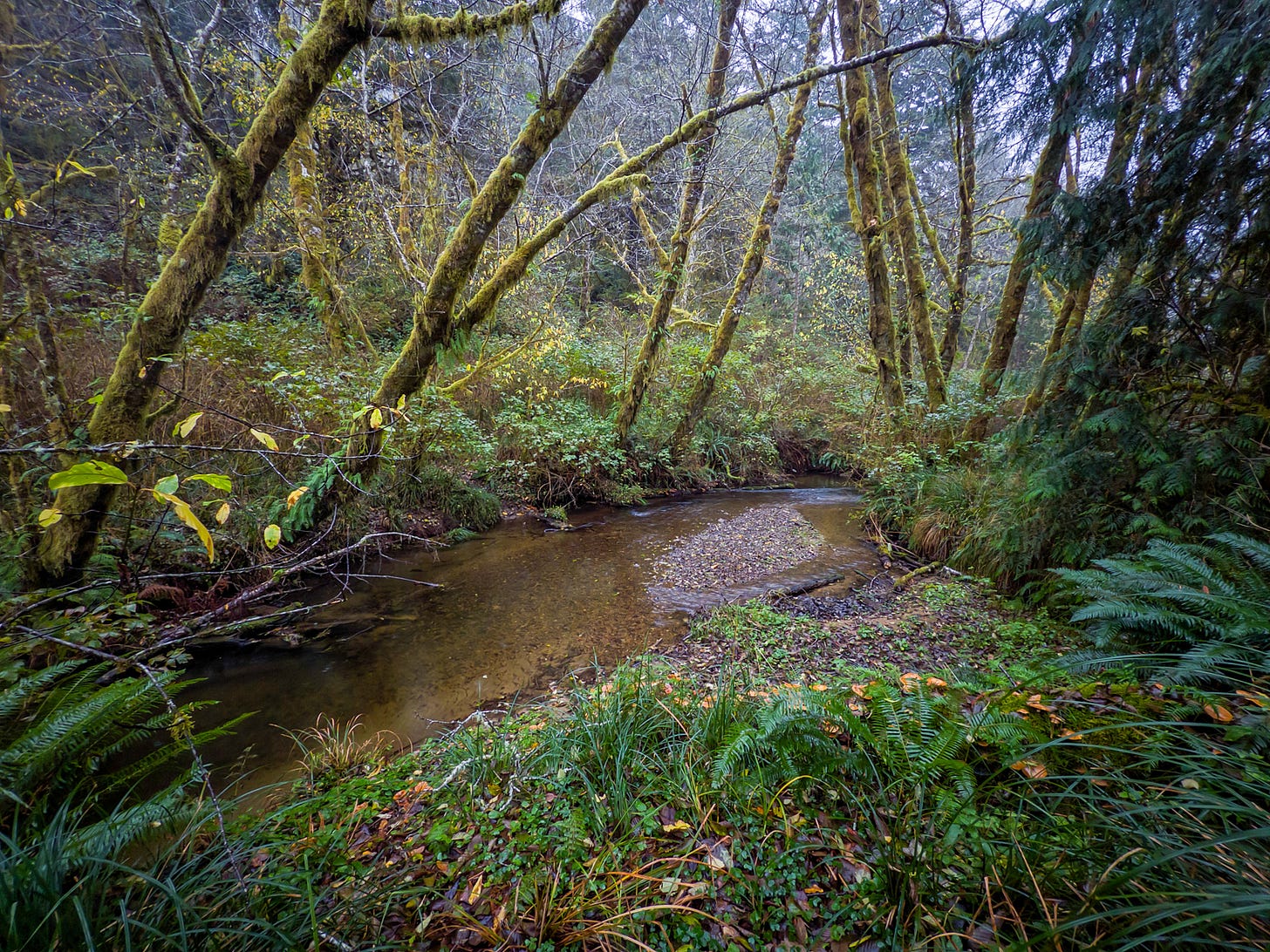
Hi everyone,
Last weekend, I spent several days camping at a place nearby my home.
It’s a river valley that was privately owned and run as a dairy operation for nearly a century since colonization, since the land was stolen from the indigenous people of the area, the Siuslaw or sha’yuushtl’a.
In 1991, the land was purchased by the federal government and incorporated into the National Forest System. At the time, after a century of farming, it was heavily degraded. The edges of the stream bank were eroding into the creek. The native species of plants had been heavily overgrazed. Much of the forest had been cut.
But the seeds of recovery remained. Next to the clear cuts, patches of old forest remained — some Sitka spruces centuries in age. Outside the property boundary of the dairy, the natural world did what it always does: living, growing, expanding, evolving, striving to create more life and the conditions for flourishing.
And so, when the cows were removed, people didn’t have to do that much to get the land back on track. They planted some trees; they did a bit of work to stabilize some stream banks; and otherwise they just let nature take its course.
Birds brought in seeds. Floods deposited new sediment to replace that which had been eroded away. Fungi grew back as the understory recovered and leaf litter began to accumulate, providing a moist habitat for newts, frogs, worms, and beetles. Chanterelles, boletes, amanitas, and countless other mushrooms began to sprout again. The soil health began to recover, and springtails, tardigrades, snails, banana slugs, ants, spiders, and countless others flourished.
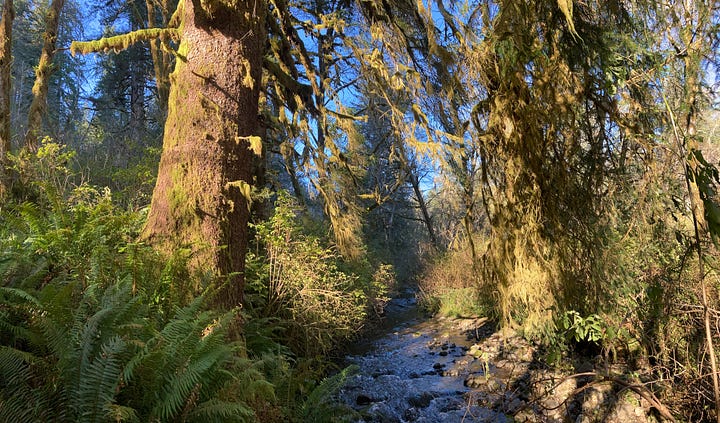

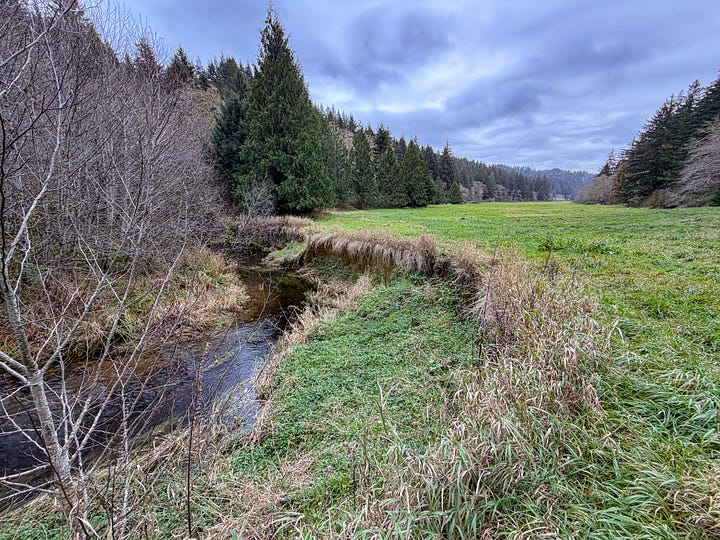

If you’re new here, this is Biocentric, a newsletter about sustainability, greenwashing, and resistance. I’m author and organizer Max Wilbert. If you want to follow, you can subscribe for free. Paid subscribers, in return for supporting this publication and the activism you see here, receive access to private posts which contain behind-the-scenes reports and unreleased drafts. I can’t do this without support from readers, so thank you!
Soon the elk came back, too; visiting the land again in herds, cutting trails through the dense underbrush grazing some plants and leaving others behind, keeping the land in balance. The deer came too, and with them the mountain lions who had been chased away, before. The coyotes never left. Bobcats found new hunting grounds. Owls made their way back to perches on old-growth trees. Voles and moles and all manner of small mammals tilled the soil, fed the predators, and lived their furry whiskered lives scuttling back and forth in the small places.
After some years, the salmon began to return, swimming a few miles from the ocean through a small lake and up this stream to spawn in the regrowing forest where alder trees sprouted along the riverbank. The red alders stabilized the soils, partnering with their symbiotic microorganism partners to take nitrogen out of the atmosphere and sequester it in the soil, fertilizing it for the larger trees that would follow.
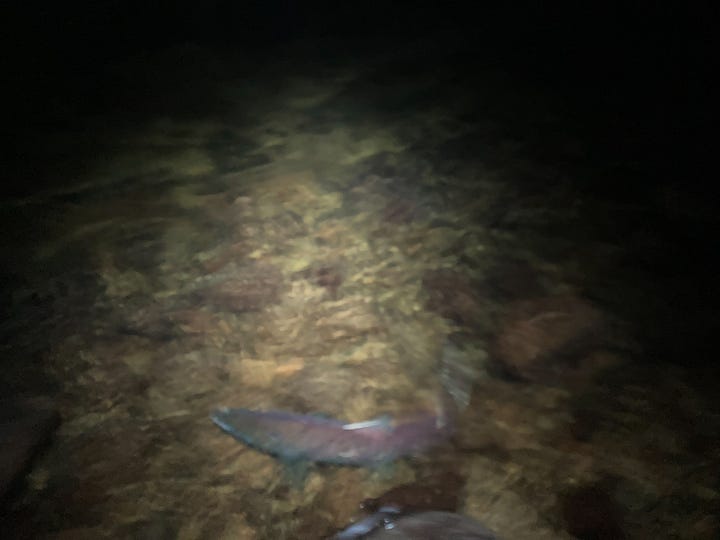
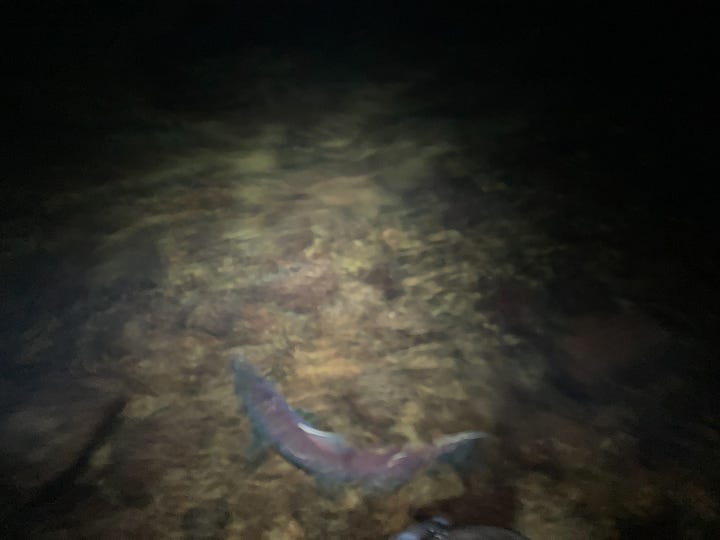

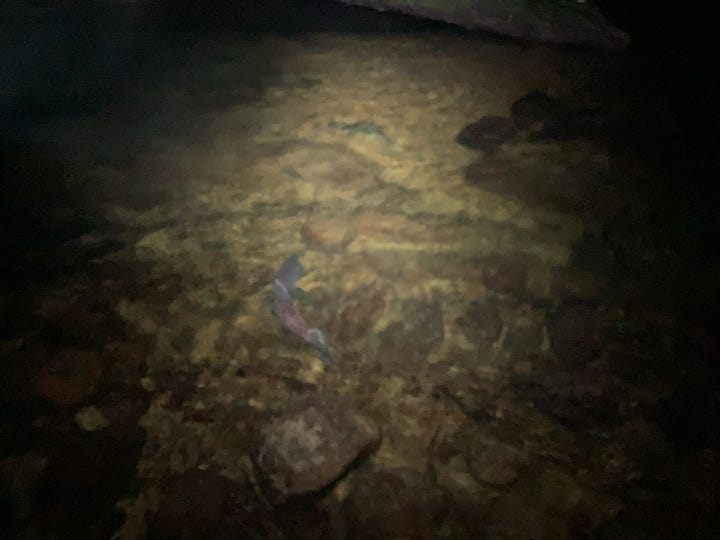
What a blessing to visit a place like this, to know that land — even land which has been heavily degraded — can heal.
What a blessing to see that life come back. To sit in a meadow one afternoon and turn around to find a bobcat, calmly and piercingly staring at me from 50 feet away. To turn and watch him his camouflage gray fur, his oversized mutton chops, his short bob tail, before he turned and disappeared into the woods in a flash.
What a joy to stand watching the creek, admiring its beauty as rain dripped down my ears, only to suddenly see a Chinook salmon, two feet of muscular silver, dart from underneath a log and swim powerfully upstream and out of sight in a moment.
What a balm to go to sleep to the croaking of Pacific tree frogs and to see rough-skinned newts crawling through the meadow grass first thing in the morning.
What a prayer to see the cattails regrowing, reclaiming the wetlands that have been denied to them for so long.
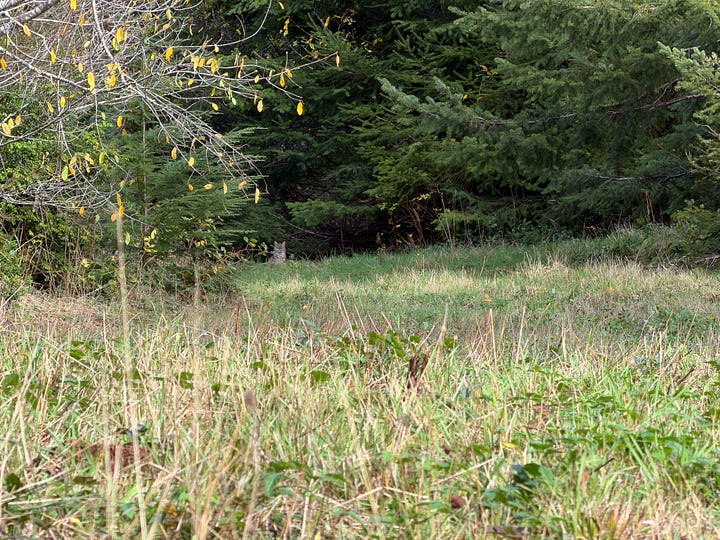
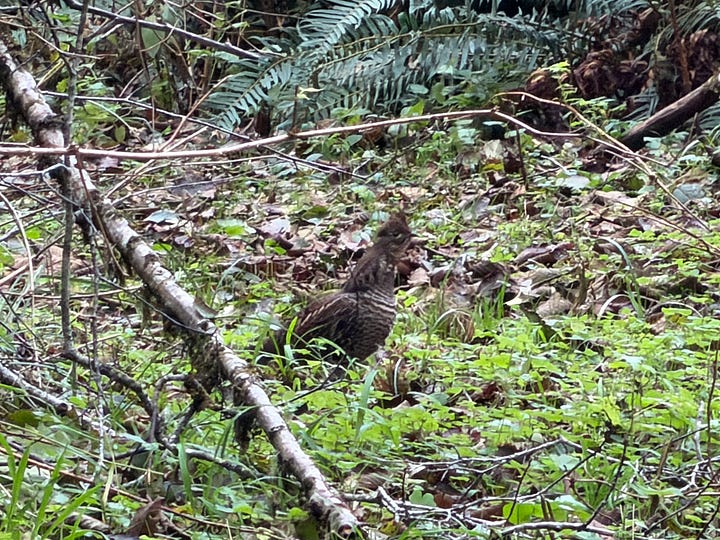
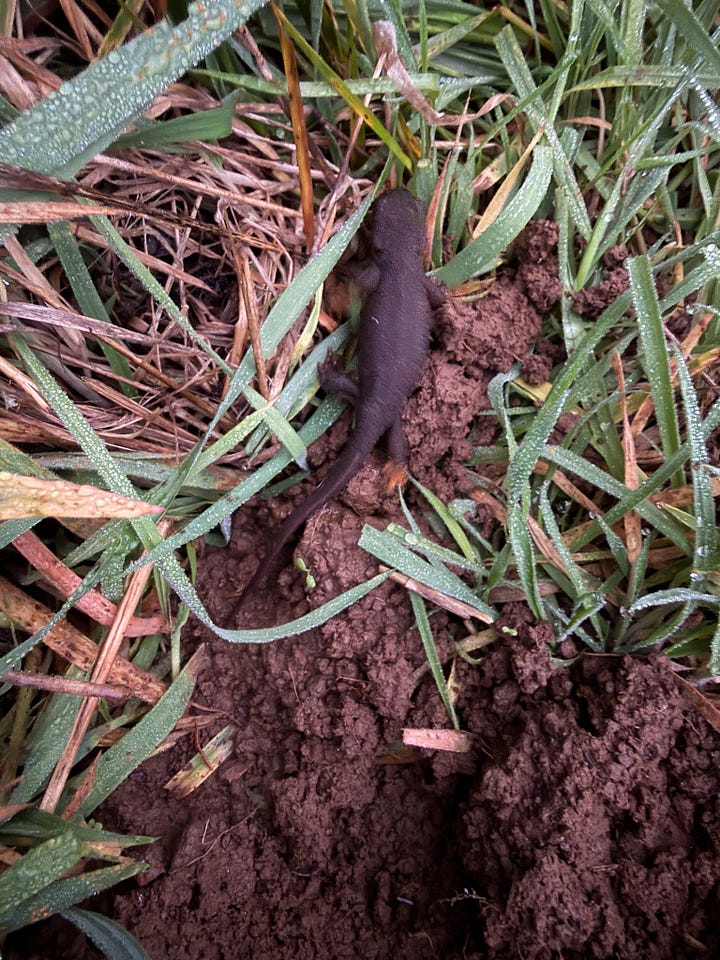
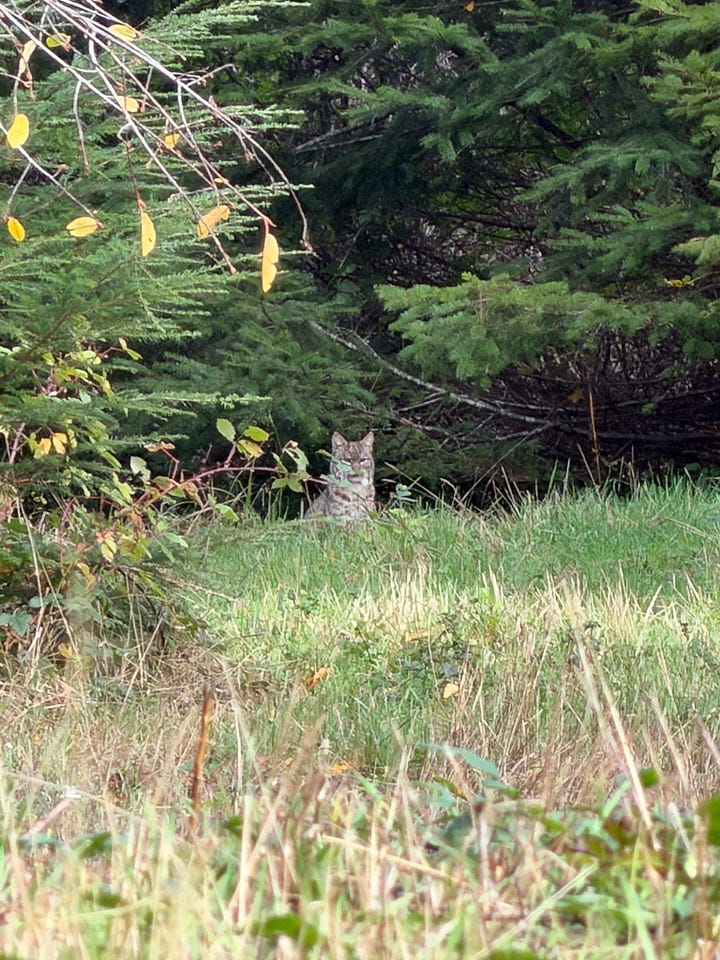
This place has had a chance to heal. Many places are not getting that chance. This place was heavily degraded, but it was never paved. It was never poisoned with chemicals. The land was never physically picked up, churned, and removed as at a strip mine. And so there was a soil seed bank here. There were nearby reserves of biodiversity. Most of the species who lived here historically were still nearby.
Nearly all. Not the wolves. Not the grizzly bears. Not several other species of salmon who have been driven away.
But still. There is a hope in places like this. The land can heal, if we let it. We only have to get out of the way, and perhaps help a bit here and there. But getting out of the way isn’t easy. It means we have to abandon our dreams of progress and growth and expansion. We have to halt the spread of urban sprawl, the ongoing march of agricultural expansion, the new mining projects and energy projects and solar projects and data centers. We have to rein in our small, individual contributions to this destruction: the new fence in the backyard that cuts off the migratory pathway for animals; the shed you’ve always wanted to build that would require cutting down more trees; the seemingly urgent need to log the back half of the land to make some quick cash; the desire to till and seed and poison and control the land.
In small ways and large, we are laying waste to this planet, this miracle, the only known planet to support life in all the universe. There’s only one. And we’re losing it. Even “protected” places like this are under threat from global warming, airborne pollution, federal policy changes, and fragmentation.
Places like this show that life wants to live. That life will return. That it is waiting in the wings for us to become more wise. To learn. To grow up. I am convinced this is the task of our time: to resist the destruction of the natural world and to assist in its healing. And in time, maybe more of the land will look like this again.

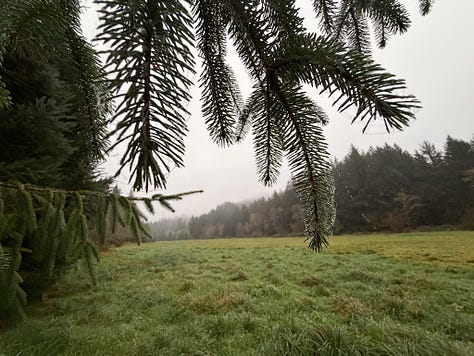
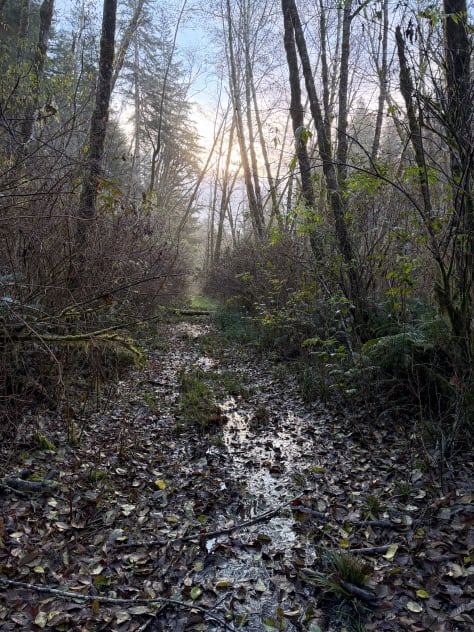
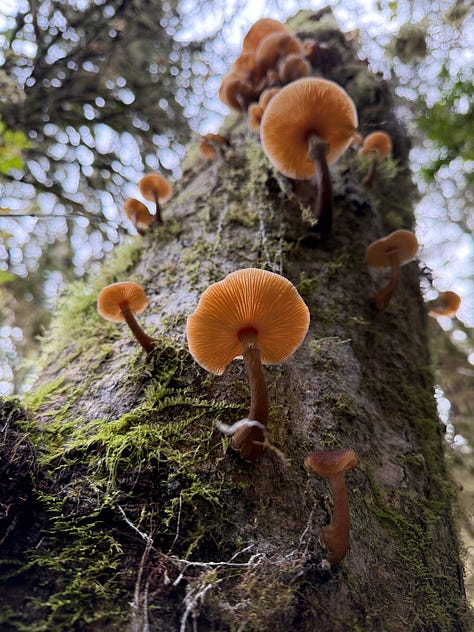

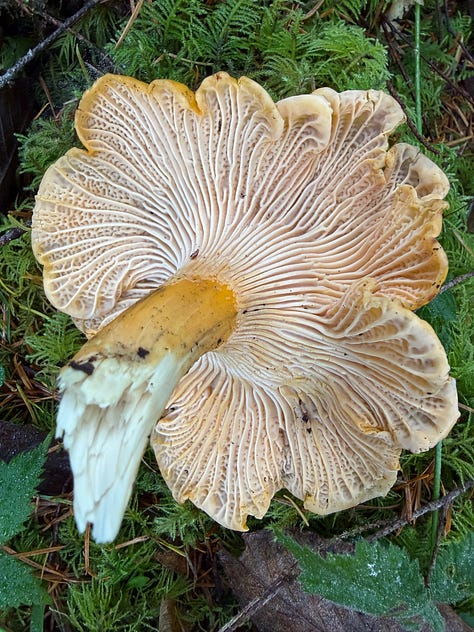
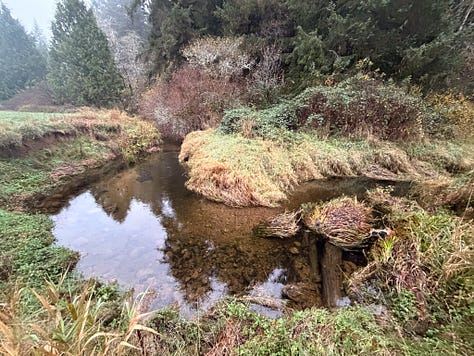
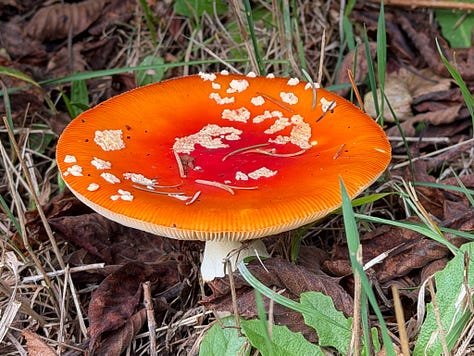
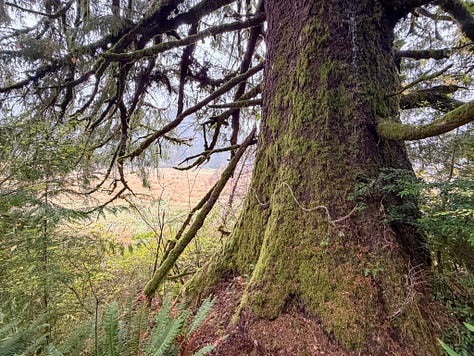
I’ve left social media to focus my attention on organizing and writing. That means I rely entirely on readers like you to share this content. If you appreciate what you read here, please share on social media, discussion forums, and in direct messages to friends. Thank you.
Biocentric is a liberated zone with zero AI-generated content.



Good stuff, Max.
What caught me was your comment on the 'seeds of recovery'. In addition to all you documented in this article are the underlying 'seeds' of our feelings and emotions. To nurture our feelings at this time is also critical, and the simple act of engaging with Nature, both pristine and degraded, is the perfect balm for all hearts in these challenging times.
Good to hear! Reminds of the clearing up of skies and some waterways during the pandemic.